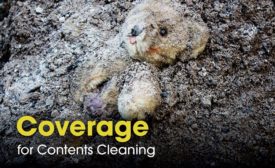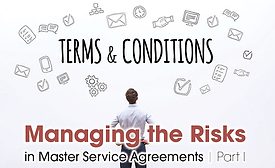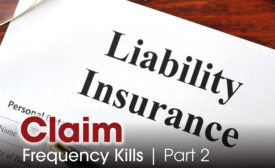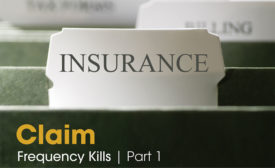Articles by David J. Dybdahl
Claim Frequency Kills | Part 2
How a few insurance claims can make your restoration company uninsurable.
Read More
Getting Paid for a Commerical Sewage Loss
A continuing conversation on getting paid, working with mortgage companies, and insurance dilemmas.
Read More
6 Things to Know to Get Paid for Sewage Claims
A continuing conversation on getting paid, working with mortgage companies, and insurance dilemmas.
Read More
Stay ahead of the curve with our eNewsletters.
Get the latest industry updates tailored your way.
JOIN TODAY!Copyright ©2025. All Rights Reserved BNP Media.
Design, CMS, Hosting & Web Development :: ePublishing










